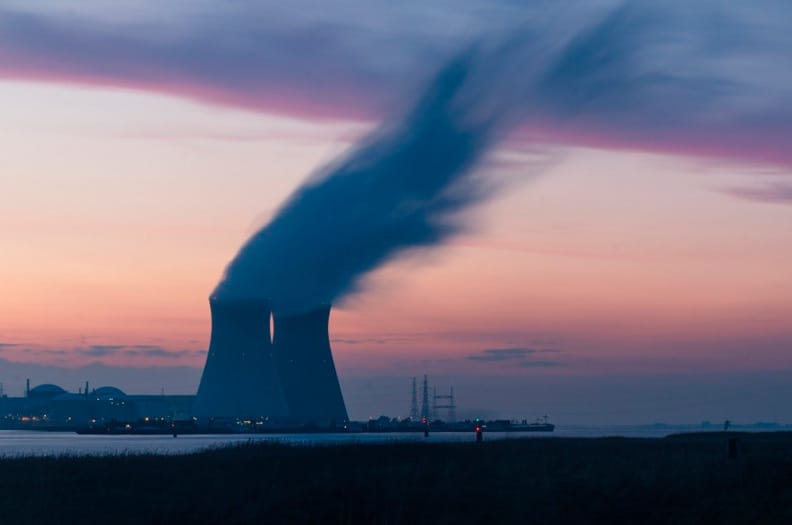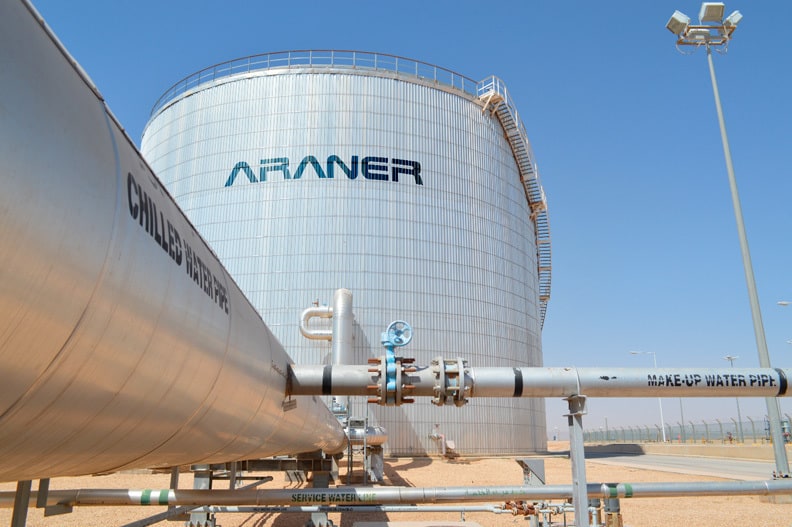On any day, towering cooling towers are visible from some nuclear power plants. These plants are located close to the river or any other major water source. Like other thermal power plants, they require lots of cooling because of the inevitable process of turning heat into mechanical energy and finally into electrical energy. Their steam boilers generate megawatts of heat, which the condenser must reject. Even the climate within the control rooms needs cooling. Why is this information important? Many people wonder whether a nuclear power plant can benefit from an improved cooling system. The Commonwealth Department of Parliamentary Services in Australia had this in a 2006 report: “Depending on the cooling technology utilized, the water requirements for a nuclear power station can vary between 20 to 83 per cent more than for other power stations.” This demonstrates just how demanding a nuclear power plant can be, compared to other options, when it comes cooling the system. Below is a discussion about how thermal accumulation and nuclear energy production can work together.
NEED FOR THERMAL WATER STORAGE
The nuclear power plant generates steam, which then turns the turbine for power production. From the turbine, the steam goes to the condenser for cooling or condensation back to water. Condenser cooling is usually a water-spending process. That is why oceans, lakes and rivers are so valuable to the nuclear energy industry. Once the water is condensed, it is sent back to the nuclear reactor for a repeat cycle. Normally, the cooling water is discharged back to source.

Fig 1: A Nuclear Power Plant
Nuclear power plants using cooling towers needs lots of fresh water. Estimates show that power plants are using about 41% of the total fresh water used in the US. With the need for sustainable use of resources growing, it is fair to say that nuclear power plants will have to reduce the amount of fresh water they draw in the future. That is not the only problem. The vulnerability of nuclear power plants is high in drought-stricken areas because of hampered efficiency. Closed-cycle cooling systems have challenges of their own, for instance loss of water through evaporation.
What do these simple analyses suggest?
Nuclear power plants need to use cooling systems that are more efficient and generally manage cooling water more responsibly. The nuclear energy industry needs to survey use of thermal water storage to offer supplemental cooling when the day is hottest. TES technology is ideal for collecting the mismatch between demand and supply of cooling energy during such times. Below is a review of thermal energy storage technologies that ARANER can implement.
Thermal Energy Storage Solutions

Thermal energy storage is an important component of any power plant because it improves dispatch-ability. It is a way of producing cooling energy for future use. Three technologies are common: Latent Heat Storage, Sensible Heat Storage and Thermo-Chemical Storage.
1. Latent Heat Storage
In this type of storage, energy is stored in Phase-Change Materials (PCM’s), with energy being released whenever the material phase changes. The solid-liquid transition is the most popular for this method as both the solid-solid and liquid –gas transitions are largely impractical. The PCM may initially display characteristics of sensible heat storage, but the behavior changes with the onset of the transition temperature. From then onwards, heat absorption is at a constant rate. Energy retrieval is possible with the conversion of the PCM to solid and the release of latent heat.
2. Sensible Heat Storage
This is the most popular thermal energy storage method. Simply put, this technique is mainly about changing the temperature of the material. Usually, the medium is water, but other materials such as earth, sand and rock have also been used successfully. All the material needs to be used for this purpose is to satisfy the following requirements:
- Low cost
- Stability
- Good thermal conductivity
- High thermal capacity
- Large operating temperature (high melting point)
Some commonly used sensible heat storage materials are reinforced concrete, NaCl (solid), cast iron, cast steel and silica firebricks. These are solids. When it comes to molten salts, popular options include bromides, fluorides, chlorides and carbonates. Others are sulfates, nitrates, eutectics and hydroxides. While sensible heat storage is economical, it tends to feature high losses for high energy density. Materials that may be used for this technology for repeated cycling are rare to come by. ARANER is an authority in this area through the chilled water thermal energy storage technology that relies on the sensible heat characteristic of water. For its easy setup, chilled water storage system is more popular than other systems in this category. TES tanks carrying this medium are very common in power plants, where they aid in energy production.
3. Thermo-Chemical Storage
In this method, energy is stored in chemical bonds through a chemical reaction. The reversal of this reaction leads to release of energy. Salt hydration is the most popular reaction in this technology. Thermochemical energy storage can achieve extremely high efficiency and low loss over the long term. The challenge with this technology is that it is still at its infancy. Here are some benefits of thermo-chemical TES:
- Suits long-term energy storage-minimal heat losses
- No need for insulation
- More compact TES compared to sensible and latent TES
Some good materials for this application are MgSO 4·7H 2O, FeCO 3, Fe (OH) 2 and CaSO 4·2H 2O. 
Conclusion
A nuclear power plant is not just an electricity source. It consumes a lot of water from the source after the condenser-cooling process. To supplement the huge need for cooling water for either the condenser or control room environment, power plants may want to take advantage of TES technology.










